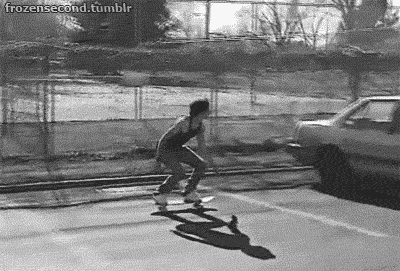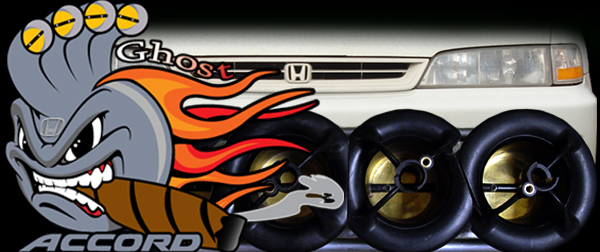Hey guys. While the engine was in the car still, I was pulling the intake and exhaust manifolds. (The exhaust manifold was cracked, you can see it here). Then finally the head. When I got it off, I noticed that some of the valves were cracked.
See picture:

This is kind of strange because this head has not even 40,000 miles on it and was a rebuilt one I got more than a year ago.
Anyways, what I want to know is what I can do to fix it, what tools I need (and if there is a guide, great) to fix these broken valves.... Should I replace all of them?
Thank you guys, I hope you like the pics.
Ps, should I get new head bolts?
See picture:

This is kind of strange because this head has not even 40,000 miles on it and was a rebuilt one I got more than a year ago.
Anyways, what I want to know is what I can do to fix it, what tools I need (and if there is a guide, great) to fix these broken valves.... Should I replace all of them?
Thank you guys, I hope you like the pics.
Ps, should I get new head bolts?





Comment